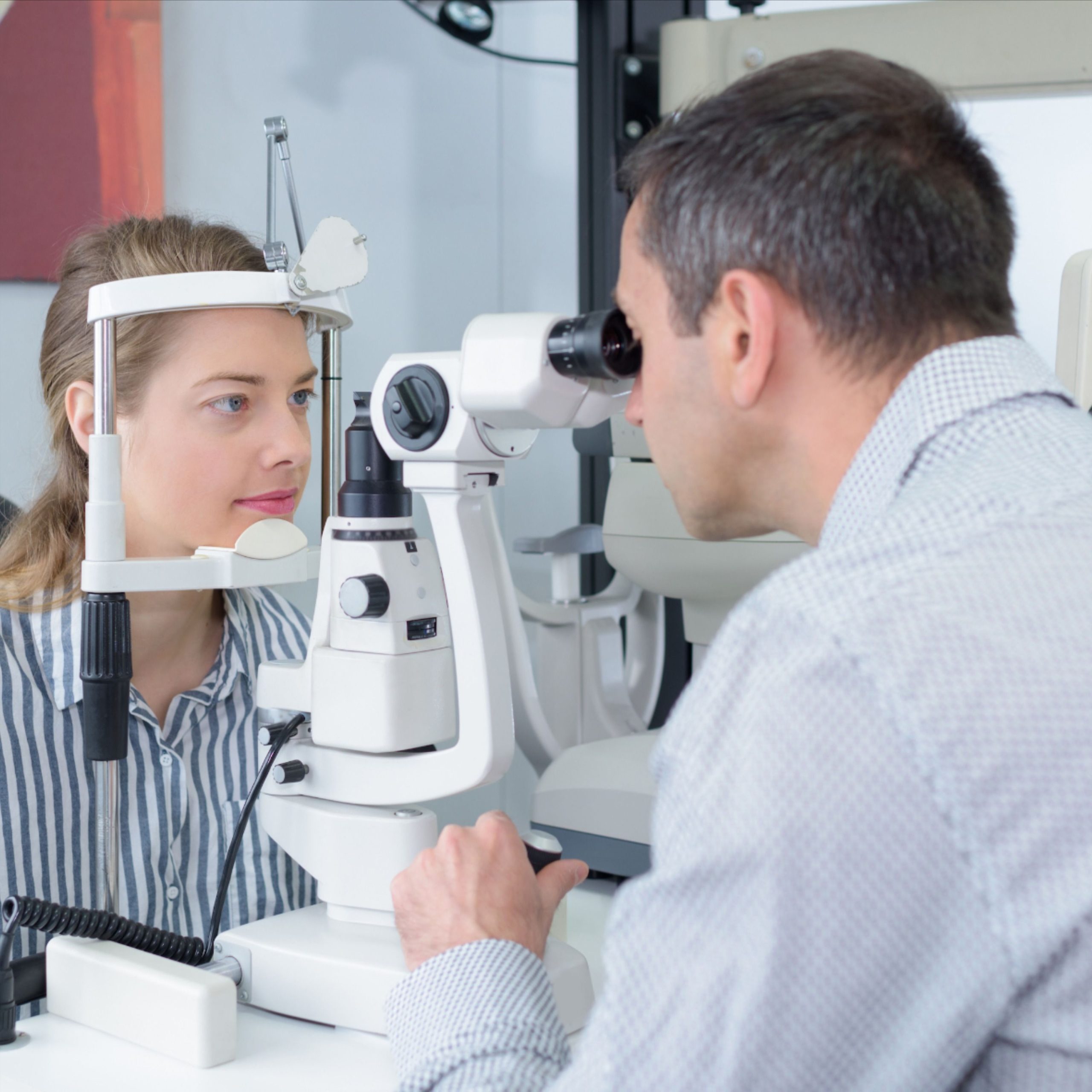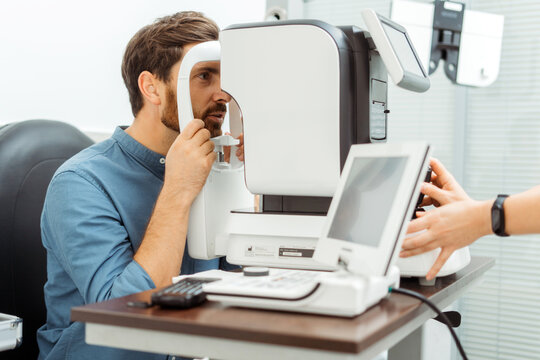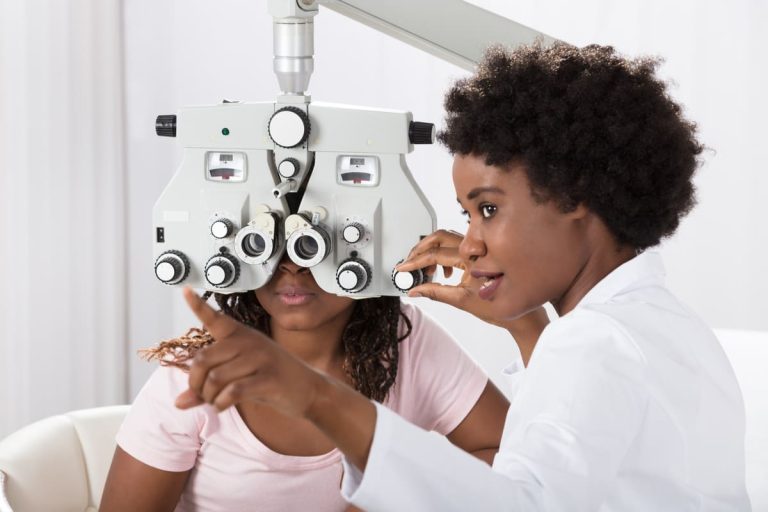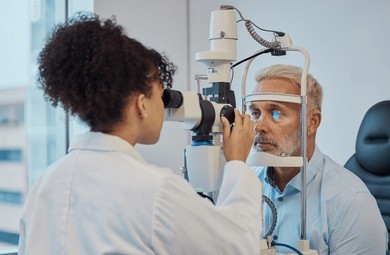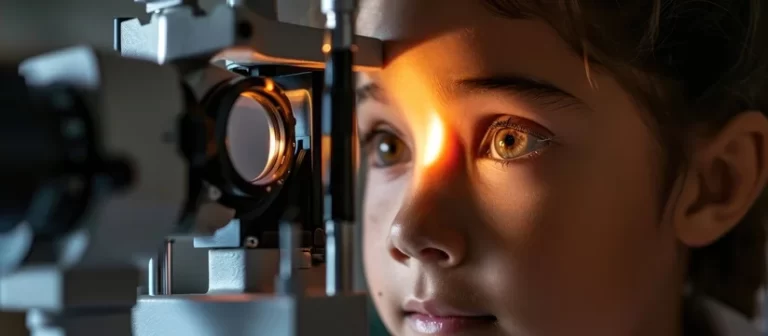Vision Testing: Why It’s Essential for Your Eye Health
Discover the importance of regular vision testing in maintaining your eye health and the steps involved in a comprehensive vision exam. Keep your eyesight in check with our informative blog on vision testing.
Our eyes play a vital role in our daily lives, shaping the way we perceive the world around us. Clear and accurate vision is fundamental for performing tasks, enjoying experiences, and maintaining overall well-being. Vision testing serves as a cornerstone for evaluating the health of our eyes and detecting potential issues early on. In this article, we will explore the importance of vision testing, the different components involved, and why regular examinations are essential for preserving eye health.
The Complexity of Human Vision:
Human vision is a complex and intricate process that involves the eyes, optic nerves, and the brain working in tandem. Light enters the eyes through the cornea, passes through the lens, and focuses on the retina, where it is converted into electrical signals. These signals travel along the optic nerves to the brain, where they are interpreted as visual images.
Components of Vision Testing
Visual Acuity Test: The visual acuity test, commonly known as the eye chart test, assesses the clarity of vision at various distances. Individuals are asked to read letters or symbols of different sizes from a standardized chart, and the results are recorded as a fraction (e.g., 20/20).
Refraction Assessment: Refraction testing determines the refractive error, including nearsightedness (myopia), farsightedness (hyperopia), and astigmatism. This is typically done using a phoropter, where the eye care professional presents different lens options to determine the optimal prescription.
Eye Movement Testing: Evaluating eye movements is essential for detecting any abnormalities in eye coordination, alignment, or tracking. This can be assessed through activities such as following a moving object or performing the cover test.
Color Vision Test: Color vision testing checks an individual’s ability to perceive and differentiate colors accurately. Deficiencies, such as color blindness, can be identified through various methods, including the Ishihara color test.
Visual Field Test: The visual field test assesses the full scope of an individual’s peripheral vision. It is crucial for detecting conditions like glaucoma, which can cause gradual loss of peripheral vision.
Intraocular Pressure Measurement: Increased intraocular pressure is one of the glaucoma risk factors. This test, known as tonometry, measures the pressure inside the eye to identify potential issues early on.
Importance of Vision Testing
Early Detection of Eye Conditions: Regular vision testing allows for the early detection of various eye conditions, including refractive errors, cataracts, glaucoma, and macular degeneration. Early intervention is often key to preventing further progression of these conditions.
Prescription Updates: Vision changes may occur gradually, and individuals may not always be aware of them. Vision testing helps identify changes in prescription needs, ensuring that corrective lenses provide optimal clarity.
Screening for Systemic Health Issues: The eyes can offer insights into overall health. Conditions such as diabetes and hypertension may manifest symptoms in the eyes, and vision testing can serve as an indicator of potential systemic health issues.
Prevention of Vision-Related Challenges: Regular eye examinations can help prevent vision-related challenges by identifying risk factors and addressing them promptly. For instance, lifestyle adjustments or protective measures may be recommended to reduce the risk of conditions like macular degeneration.
Monitoring Eye Health Over Time: Vision testing provides a baseline for an individual’s eye health. Regular assessments allow eye care professionals to track changes over time, providing valuable information for personalized care and intervention.
Enhanced Quality of Life: Clear and comfortable vision is essential for daily activities, from reading and driving to enjoying recreational pursuits. Vision testing ensures that individuals can maintain an optimal quality of life by addressing any vision-related challenges promptly.
Frequency of Vision Testing
The frequency of vision testing can vary based on age, risk factors, and overall eye health. However, as a general guideline:
Children: Pediatricians often recommend eye screenings during well-child visits, and comprehensive eye exams are typically recommended before starting school and periodically thereafter.
Adults: For adults with healthy eyes, a comprehensive eye exam every two years is generally sufficient. However, individuals with existing eye conditions, those over 60, and those with risk factors may need more frequent examinations.
Seniors: Individuals over the age of 65 are often advised to have annual eye exams due to the increased risk of age-related eye conditions.
Conclusion
In conclusion, vision testing is an indispensable aspect of eye health maintenance. By undergoing regular eye examinations, individuals can proactively manage their vision, detect potential issues early on, and address conditions that may impact both eye health and overall well-being. Whether it’s ensuring the clarity of vision or identifying early signs of systemic health issues, vision testing serves as a foundation for proactive and personalized eye care. Embracing a commitment to regular vision testing is an investment in one’s long-term eye health and a pathway to a life of clear, comfortable vision.

